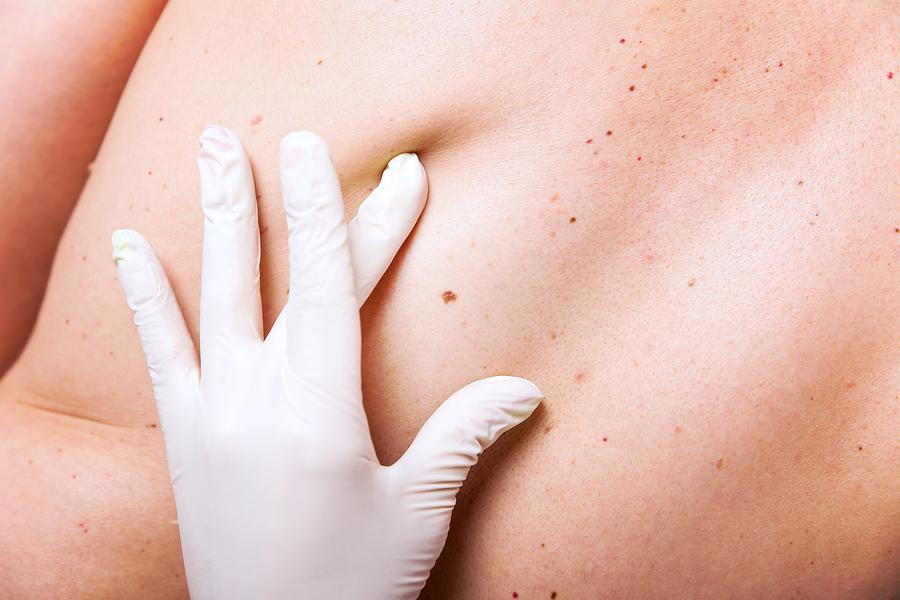Things To Look For When Examining Your Moles and When to Seek Help
There are about 3.5 million new cases of skin cancer in the US diagnosed every year. About one in five Americans will develop skin cancer in their lifetime. However, this condition, especially if caught early, is treatable. One of the best ways to catch this disease early is to understand what an abnormal mole looks like. Learn more with help from your Rockville, MD dermatologist.

What does skin cancer look like?
Melanoma, a common form of skin cancer, presents itself in the form of moles. A common mole is a small, pink or brown round spot with a smooth surface. Normally, common moles do not turn into skin cancer though it can happen. If a common mole changes in color, size, shape, itches or bleeds, your doctor should check it for cancer.
If you notice a new mole or see that a mole has one of the following features, there is a chance it could be melanoma:
- asymmetrical
- irregular border
- larger than 5mm in diameter
- uneven color
- the mole has changed over a short amount of time
Am I at risk for skin cancer?
Those who have more than 50 common moles are more at risk for skin cancer. Additionally, people who have moles called dysplastic nevi are more at risk than those who do not. Dysplastic nevi look differently than a common mole and are bigger with a bumpier surface. Like common moles, dysplastic nevi rarely turn into skin cancer. People who tan, have severe and blistering sunburns or are exposed to UV light more often than others should keep an eye out for irregular moles.
What should I do if I find an irregular mole?
If you see any signs that you have developed a new mole or that it is irregular, you should alert your Rockville doctor immediately. The only way to confirm the presence of skin cancer is to test the skin. If cancer is confirmed, the most common way to treat skin cancer is to remove it altogether with surgery. Radiotherapy is an alternative for surgery, but may also be used alongside surgery treatment to further prevent the cancer from coming back.
How can I prevent skin cancer?
The best way to avoid skin cancer development is to protect your skin from the sun. Always use sunscreen with at least 30 SPF. Wear sunglasses to protect your eyes from the sun. Remember that the sun’s rays are the most intense between 10:00 AM to 4:00 PM and try to avoid being outside.
For more information on mole examination and skin cancer, please contact your doctor at Shady Grove Dermatology in Rockville, MD. Call (240) 246-7417 to speak with an associate about scheduling your appointment today!